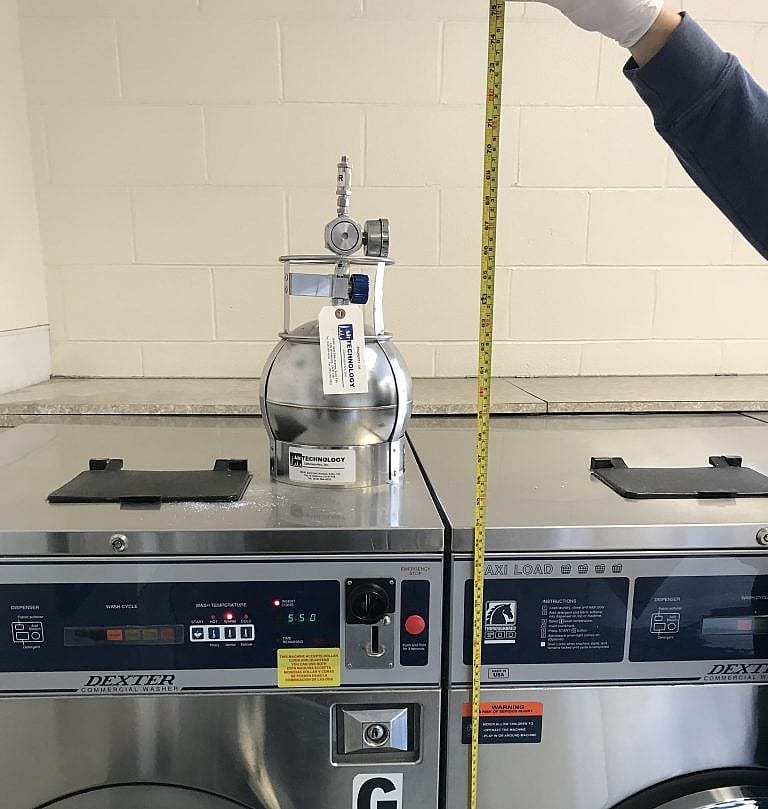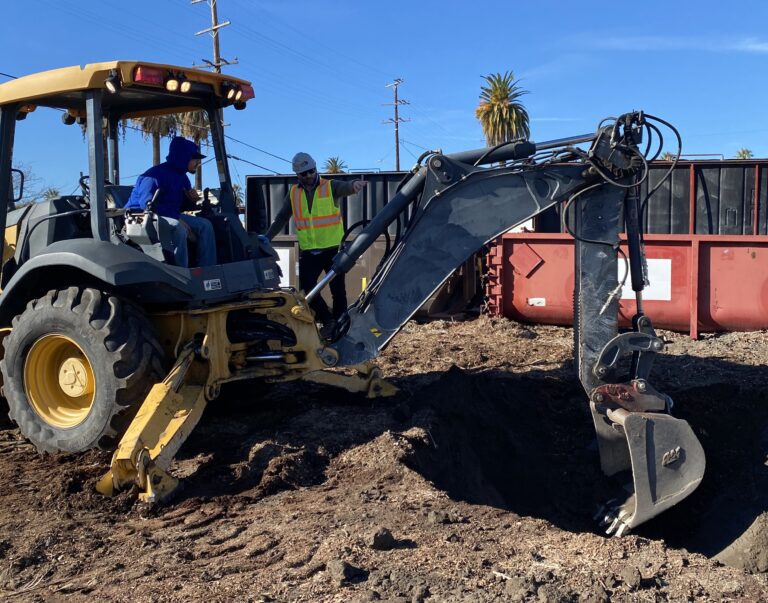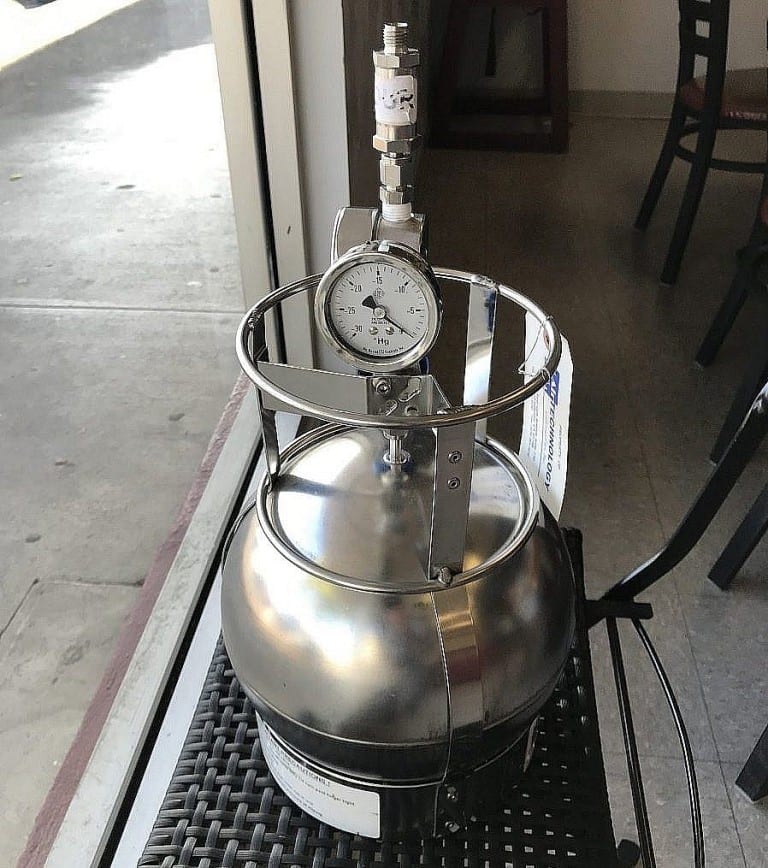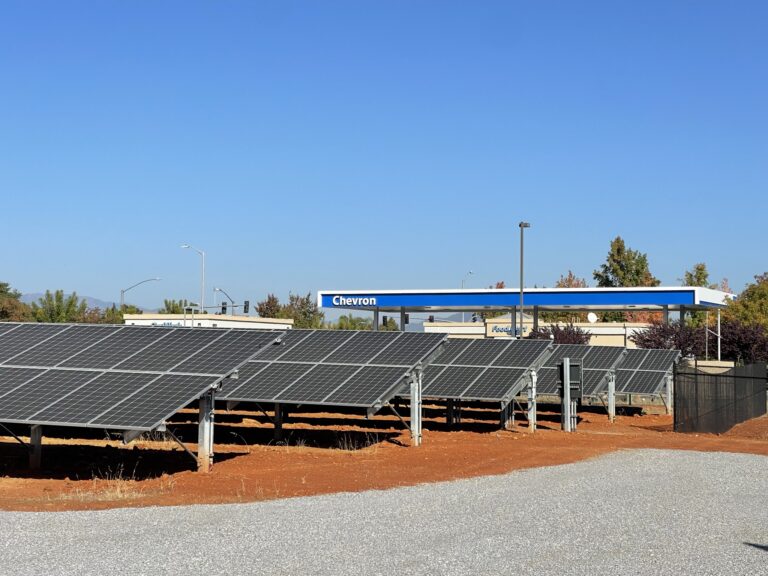Modern Geophysical Equipment for Seismic & Fault Investigations
Many forms of geophysical equipment exist, and for many purposes. These methods include seismic reflection and refraction, electrical and direct current (DC) resistivity, electromagnetism, and magnotelluric (MT) methods. Some methods, such as ground penetrating radar (GPR), only go to a depth of about 5 meters, while others, such as multi-channel analysis of surface waves (MASW), go as deep as 30m. The appropriate method and equipment used depends on the nature and potential depth of a suspected anomaly and the amount of detail required. For example, magnetism is appropriate when searching for a buried iron pipe, while seismic reflection can be used to determine the depth of underlying bedrock. In geophysical exploration, a fault appears as an interface, as strata are offset. Many faults are unknown, since they may not have ruptured since seismic records in their location were first documented, combined with the possibility that they may be in a remote location and/or buried.
Seismic methods are the most appropriate for fault investigation. With these methods, the ground is impacted, often with a sledgehammer or accelerated weight drop (AWD), sending seismic waves into the subsurface to be refracted or reflected back. Subsurface strata vary in composition, porosity, and density. This affects the speed of the seismic waves traveling through them. When a wave hits an interface, the angle at which it travels changes, as is interpreted by Snell’s Law for refracted waves: sinθ1/V1 = sinθ2/V2. Geoscientists have long since established the velocities of body waves through various media, and we can thus calculate the distance of an interface from the surface with acquired data.
The spatial autocorrelation (SPAC) method for microtremor array measurement (MAM) is used “to estimate S-wave velocity (𝑉 S) structures down to a depth of 2–3 km” (Wu and Huang). With this method, small vibrations, such as minor tremors and noise, create subtle seismic waves which can be viewed in one or two dimensions (Aki). Methods that use natural or non-induced vibrations are known as passive methods. MASW is a method which involves generated Rayleigh waves (a type of surface wave). With such methods where waves are purposefully generated, the timing of the origin of the waves is controlled.
Seismic methods include seismic reflection and refraction, incorporating MASW and MAM. For any of these methods, an array of geophones is laid in an evenly spaced pattern, and geophones are linked together to form lines. If multiple lines are to be used, as they are for 3D interpretation, the lines are also often evenly spaced. They are then hooked to a receiver, which may connect to a laptop. Once seismic waves are generated, receivers pick up the time, frequency, and velocity of returning waves. This data is recorded and output to the laptop and onto compatible software.
When seismic waves are recorded, a receiver picks up the reflections of those that were purposefully generated, as well as other, usually smaller waves that are generated by sources such as microtremors, a passing airplane, or traffic on a nearby road. These smaller waves are known as noise. Often, geophysicists will purposefully generate multiple sets of seismic waves and “stack” the output to increase the signal to noise ratio (SNR) for a more accurate reading.
Data Output
A variety of seismic methods can often be input into similar types of computer software. Whereas acquisition methods vary depending on the nature of the location and/or type of anomaly in question, analysis and output are often similar.
Seismic Profile
One form of output is a seismogram, or seismic data plot, which appears as a series of waves for each geophone. The method of interpreting these plots depends on the software used and the needs of the user. A simple seismogram can be used for two-dimensional interpretation.
Seismic Tomography
The initial peak, or first break, from a seismogram may be chosen manually or digitally. “Picking” first breaks tells the software which waves arrived first, and therefore helps to determine the speed of the waves being analyzed. Interpreted data may be subsequently input into tomography software, where a color-coded, three-dimensional plot is displayed. This plot shows the locations of detected anomalies or interfaces in the subsurface. Slower waves are typically displayed in red, while faster waves are displayed in blue. Since the same types of waves travel through different materials at different speeds, the image produced is similar to a snapshot of the subsurface. Some three-dimensional images are rotatable, to give the user a more comprehensive output.
Seismographs
Seismographs are individual receivers which are connected to geophones arranged together in an array, the layout and spacing of which depends on the terrain and type of investigation, and used with accompanying software to record data onto a device, such as a laptop. Seismographs can be used on land, at sea, or as downhole hydrophones. Modern geophones are lightweight and compact for portability. Wireless connections are an added feature of many modern seismographs, with remote control, radio and GPS synchronization, and wi-fi downloading capabilities.
Land Seismographs
Land seismographs can be used for 2- or 3-dimensional seismic surveys, tomography, profiling, and for the monitoring of quarry blasts, earthquakes, and heavy equipment. They come in various setups, including one (1) and three (3) channel use. Some models are available to be used in a passive mode. The most widely used can expand to up to twenty-four (24) channels. Data quality is increased not only with a high signal to noise ratio (SNR), but also high resolution and stacking accuracy.
Marine Seismographs
Some seismographs can be towed by boat and used for readings measured at sea. A cable to which sensors are attached at uniform intervals, and a buoy and GPS unit at either end, is dragged horizontally across the water behind a signal cable. The interval separation and number of channels depends on the needs of the user. This setup is often used for oil exploration, seismic risk assessment, coastal rehabilitation, methane hydrate investigation, and mapping of the ocean floor. It is compatible with various software, and capable of providing highly accurate output.
Downhole Hydrophones
A downhole hydrophone array (DHA) is used for high resolution seismic borehole imaging. The receiver attaches to narrow geophones encased in a waterproof, tubular system, with readings in 5-meter intervals, as deep as 400 meters. They can also be used for crosshole purposes with multiple borings. Modern DHA systems are available in shatterproof models.
Magnetic Methods
Other methods of geophysical exploration involve magnetism. Such methods are appropriate for detecting anomalies, minerals, or strata with ferro-magnetic content, such as buried infrastructure or iron-rich bedrock. Magnetometers often contain cesium (Cs), as the Cs 133 atom resonates proportionally with the earth’s magnetic field. The earth’s magnetic field varies slightly from day to day. Therefore, technicians will often adjust for this using a base station, where data is adjusted based on readings from a stationary device. This is called diurnal correction.
As technology advances, so do geophysical methods. Some manufacturers have developed equipment that is lighter and more accurate than their predecessors. Some are also wireless and have built-in GPS systems and Bluetooth. This means that geophones may be linked wirelessly, or even not used at all. Some magnetometers can even be used aerially, scanning the subsurface while attached to an in-flight drone.
Magnetometers
Magnetometers detect induced or remnant magnetism from iron-rich materials, as anomalies represented as magnetic dipoles. These methods are used to map metal objects as well as disturbed soils, fire pits, and structures composed of brick or rock. Often, a technician traverses line by line with an instrument, at evenly spaced intervals to create a 3-dimensional grid as part of the data output. This method has become easier to perform as lighter, less bulky instruments have been made available. Magnetometers are becoming smaller still, due to advanced laser technology.
Land
Modern magnetometers used for land exploration are constructed for increased portability as well as accuracy. Some can be used in conjunction with others to complete a survey more quickly. The ability to preload survey lines also aids in speeding up the process, and also can reduce the number of team members needed to perform a survey. The user can often view lines of preliminary output for land-traversed surveys. Modern equipment allows for marking coordinates on the output map, and for additional lines when needed.
Marine
Used for unexploded ordinance (UXO) clearance and other types of magnetic surveys at sea, such as shipwreck or pipeline detection, marine magnetometers are highly accurate, and while portable, can be weighed down for deep sea exploration. Modern marine magnetometers are constructed with rugged casing, to prevent damage while in-tow. They are also available in models light enough to be employed by one user.
Airborne
Sometimes, land exploration is infeasible or even impossible due to inaccessible land, rough or densely vegetative terrain, or dangerous conditions. When this is the case, airborne exploration is a practical alternative. Airborne exploration involves connecting a sensor to cables, which are attached to a drone or helicopter. GPS coordinates of the survey area are pre-programmed for increased efficiency, and data can be downloaded wirelessly afterward. Some airborne magnetometers are designed for versatility, and are also rated for use on land or sea.
Magnetotelluric (MT) Methods
Magnetotelluric methods are passive electromagnetic methods which use the natural current flow of materials caused by natural solar emissions (telluric currents). Telluric currents were first studied in the United States by O.H. Gish and W.J. Rooney in the early 1920s. MT methods were introduced by Tsuneji Rikitake in 1950. These are deep, low frequency methods which measure the potential difference in current flow, combining voltage with variations in magnetic field intensity, and fluctuations in weak magnetic fields. Audio magnetotelluric methods (AMT) are similar, but use higher frequencies for investigations which are not as deep. Magnetotelluric methods take advantage of the varying conductive properties of rocks, measuring magnetic and electric fields, and output apparent resistivity. They are used mainly for oil & gas and groundwater exploration, but also for hydrocarbon and magma chamber detection, carbon sequestration, and for geothermal and mining exploration.
Electromagnetic (EM) Methods
Electromagnetic surveys are a fast option, as it is not necessary to make contact with the ground. Electromagnetic methods use induced current with either a frequency domain, or a time domain, giving a direct conductivity output. A primary field is produced, which is a local magnetic field created through a wire loop with alternating current of which the frequency is chosen. Resulting current flow in the subsurface produces a secondary anomalous field. The phase and amplitude of the primary current are known, and those of the secondary can therefore be isolated by calculation of phase shift and the difference in amplitude. This type of survey measures electrical impedance at the ground surface. It is used for academic research, high-resistivity mapping, including mineral and groundwater exploration, and geotechnical site evaluation.
Geoelectric Methods
Direct Current (DC Resistivity) Methods
Direct current (DC) resistivity is a geophysical method that measures potential from a point source of current on the surface of the earth. This method was first established in the early 1900s, when C. Schlumberger (France) and F. Wenner (USA) measured potential difference by applying current to the ground. DC Resistivity targets groundwater and can detect contaminated water from leaching landfills by use of structural stratigraphic controls for fluid movement. This method works by injecting a current with a dipole, creating an artificial field. The operator can then measure the voltage drop across another dipole, reduce the current and voltage to apparent resistivity, and interpret the results.
Gravitational Methods
Earth materials are distinguished by properties that vary from one to another, such as density. The closer one object is to another, the greater the influence of gravity on the object. The majority of materials influencing the gravitational pull on Earth lie in the high-density mantle. Sensitive equipment can detect magnetic anomalies within the upper crust (top 5 kilometers). Variations in “g,” or gravitational acceleration, can be measured on land, on sea, or by air. Data adjustments must then be made to account for topography. The detection of gravitational anomalies will show density contrasts, and can then be interpreted by the user. Faults and bedrock can be distinctly located with this method.
Gravity Meters
Modern gravity meters are designed for portability and accuracy, many using a zero-length spring, and containing rubidium (Rb), a highly sensitive element used in atomic clocks. Temperature control is also an important factor in their design. When employing equipment on land, gravity meters need to be on a level surface for accurate measuring. While leveling platforms are available, some modern gravity meters are self-leveling, sometimes with a quartz spring or silica fluid. Downhole models are also available, as are those used aerially and at sea. Both airborne and marine applications include mineral and hydrocarbon detection, and exploration of terrain.
Post Author
Written by: Sirena Ulloa
Sources
Aki, Keiiti (1957). Space and Time of Spectra of Stationary Stochastic Waves, with Special Reference to Microtremors. Earthquake Research Institute. Vol. 15, No. 22. pp. 415 – 456.
Burger, H. Robert (1992). Exploration Geophysics of the Shallow Subsurface. Prentice Hall, Inc.
Grant, F.S. and G. F. West (1965). Interpretation theory in Applied Geophysics. International Series in Earth Sciences. Mc-Graw-Hill, Inc.
Lozano, Carlos & Monsalve, Hugo & Chávez-García, F. (2017). Microtremor analysis to calculate shear waves velocity profiles using the spatial autocorrelation method (SPAC) in Armenia, Colombia.
Setiawan, B. et al. Analysis of microtremor array measurement using the spatial autocorrelation (SPAC) method across the Adelaide City. School of Civil, Environmental, and Mining Engineering, The University of Adelaide. Research Report No. R 196 November 2016.
Wu, Cheng-Feng and Huey-Chu Huang. Detection of a fracture zone using microtremor array measurement. (abstract) SEG Library: Geophysics. Vol. 84, No. 1 doi. https://doi.org/10.1190/geo2017-0393.1





